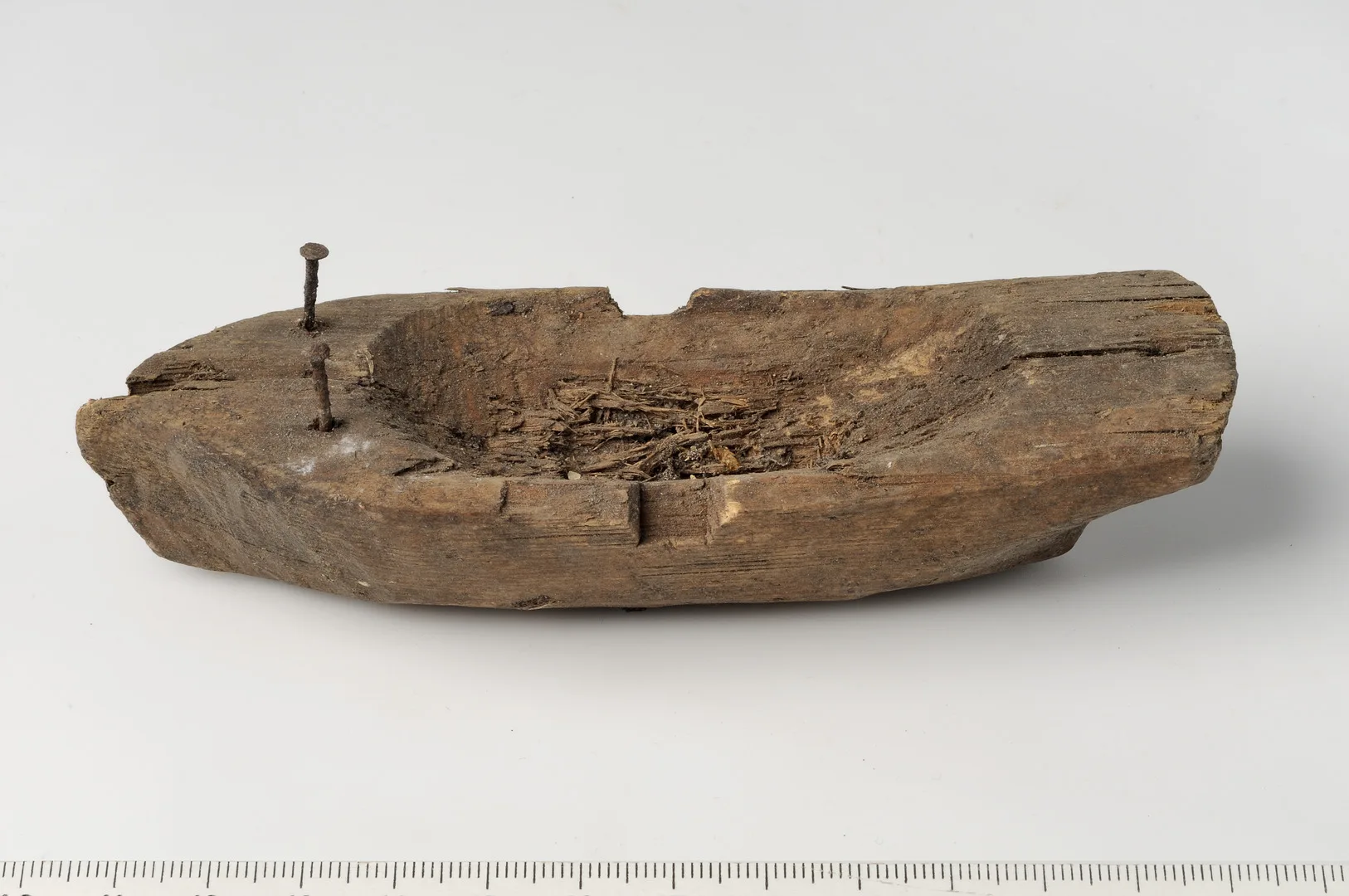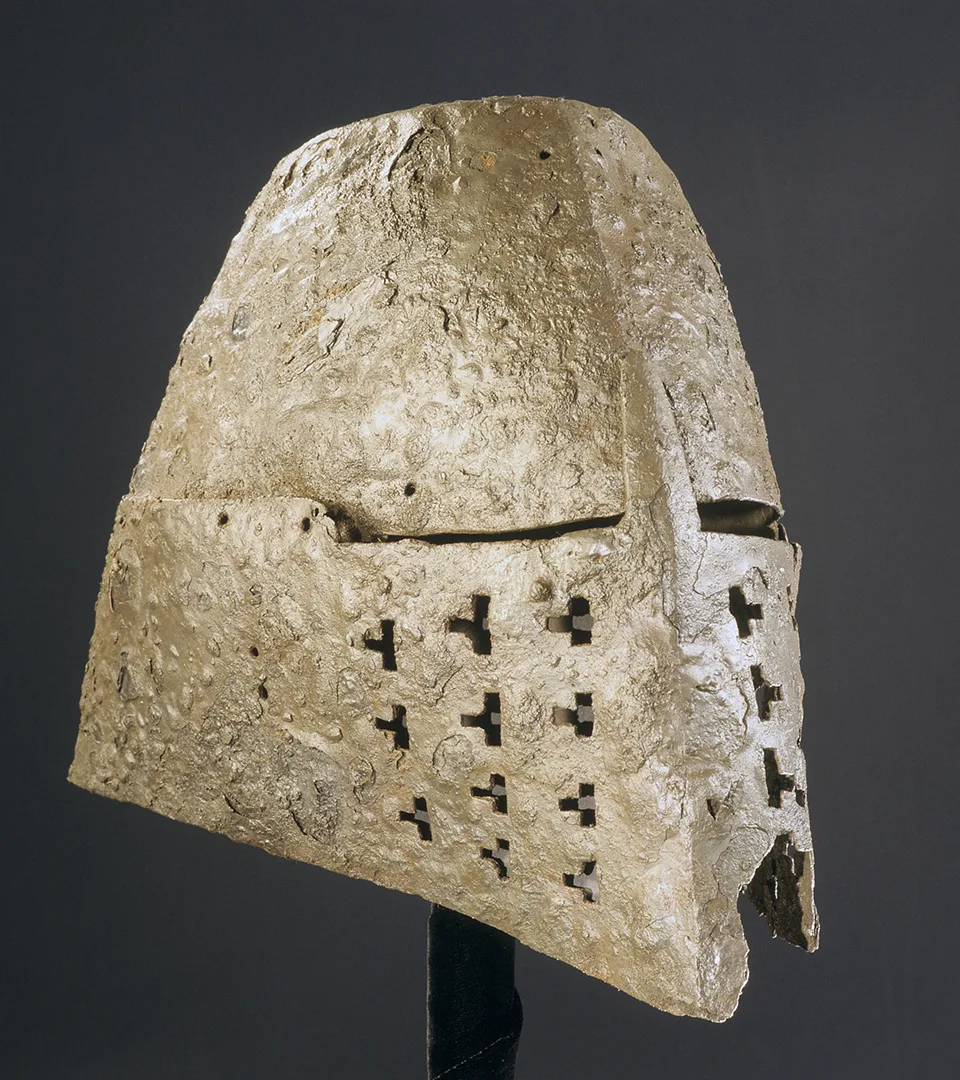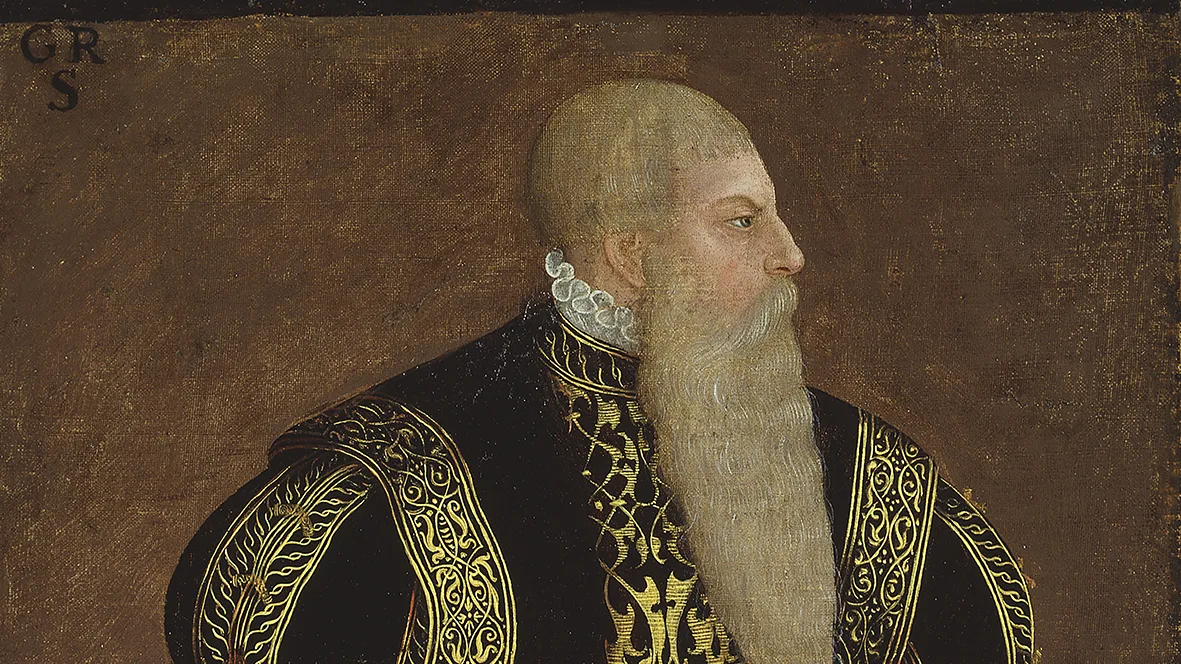Medieval saint: Paul
Viking Age
AD 800 – AD 1100
Middle Ages
AD 1050 – AD 1520
Modern Age
AD 1520 – AD 2025
Paul, originally named Saul, was born around the time of Christ’s birth in Tarsus, Cilicia, into a Jewish family and grew up in a Greek cultural environment. He was educated in Jerusalem as a strict Pharisee, a Jewish sect during antiquity known for its rigorous adherence to law and tradition. They are often portrayed in contrast to Jesus and his teachings. In the Acts of the Apostles, it is written that Paul “breathed threats and murder.”
Paul was a fierce opponent of Christianity. But one day, on the road to Damascus, a light from heaven suddenly surrounded him. He fell to the ground and heard a voice saying: “Saul, Saul, why do you persecute me?”
After his conversion, he led extensive missionary work throughout the eastern Mediterranean, with Ephesus and Corinth as central hubs. His mission was viewed unfavorably by the Jewish communities, and unrest led to his arrest by the Romans. In Rome, he was interrogated and sentenced by the emperor.
The exact time and manner of his death are uncertain, but according to legend, it occurred in Rome in the year 67, during Emperor Nero’s reign. He is said to be buried along the road to Ostia, near the old gate to Rome.
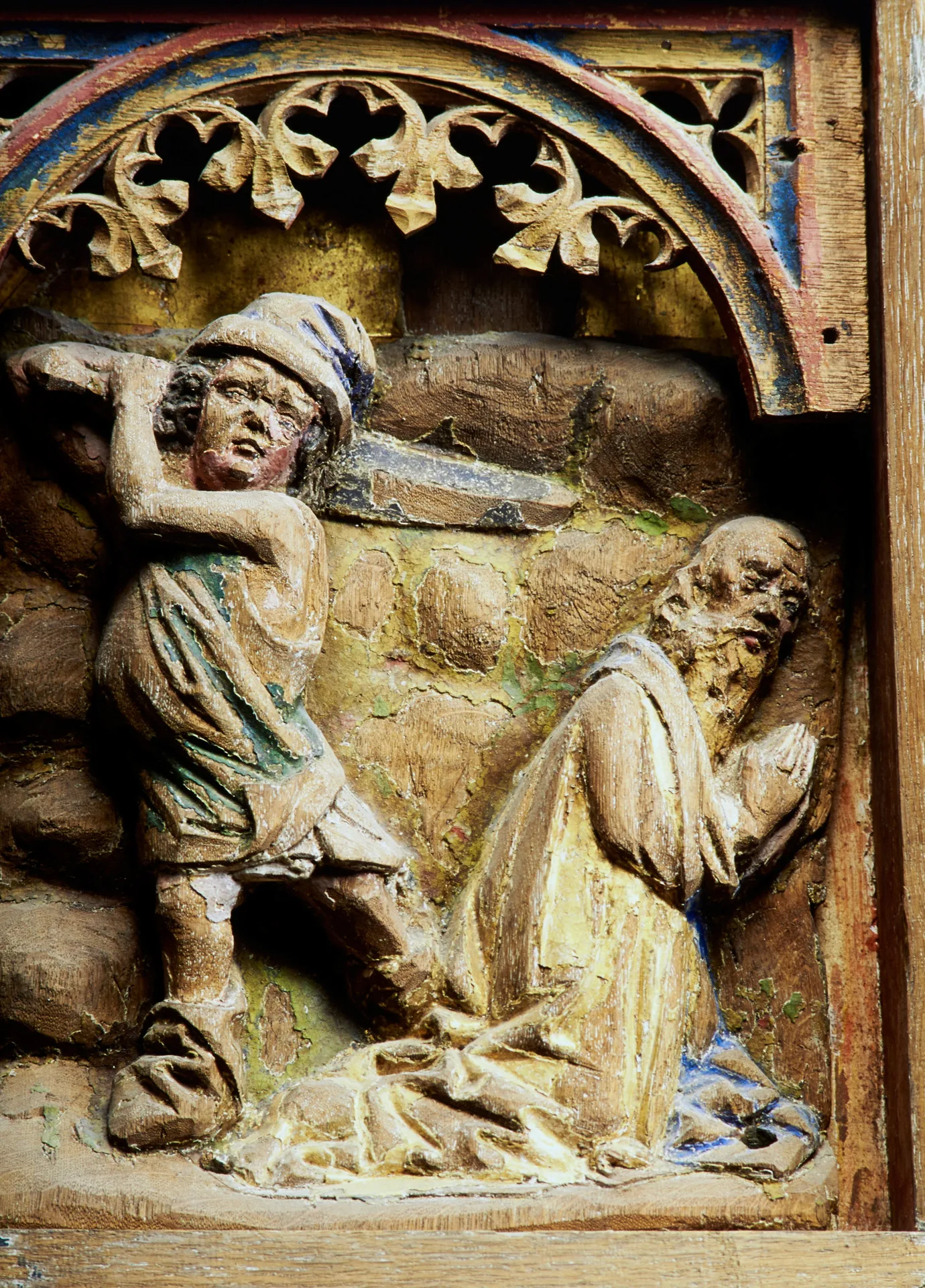
A prolific letter writer
Few figures in the Bible appear as vividly human as Paul. He is featured in the Acts of the Apostles and in the texts known as the Pauline Epistles, letters to Christian congregations in the regions where he preached.
Of the 13 letters attributed to him, seven are considered to be written by Paul himself, while the others are believed to be written by his disciples and collaborators. The letters to Timothy, whom Paul calls his beloved son, are not thought to be authored by Paul, but they convey a strong sense of presence. One passage reads: “When you come, bring the cloak I left with Carpus at Troas, and the books, especially the parchments.”
How is Paul depicted?
Paul is frequently depicted in medieval and later art. He is usually shown as an older man, strong, bald, with a high forehead and a long beard. Saints are often portrayed with symbols of their martyrdom. Paul holds a sword, as legend says he was executed by beheading. He sometimes also holds a book.
In the Swedish History Museum’s collections, there is an altarpiece from the early 15th century from Järstad Church in Östergötland. The piece was likely made in a workshop in Lübeck, in present-day Germany, which at the time was Sweden’s closest art metropolis. Peter stands on the left with a key, and Paul on the right with a sword and a book.
During the Middle Ages, the apostle Paul was celebrated three times a year, including the feast of Conversio Pauli, marking his conversion. Paul’s name day is January 25.
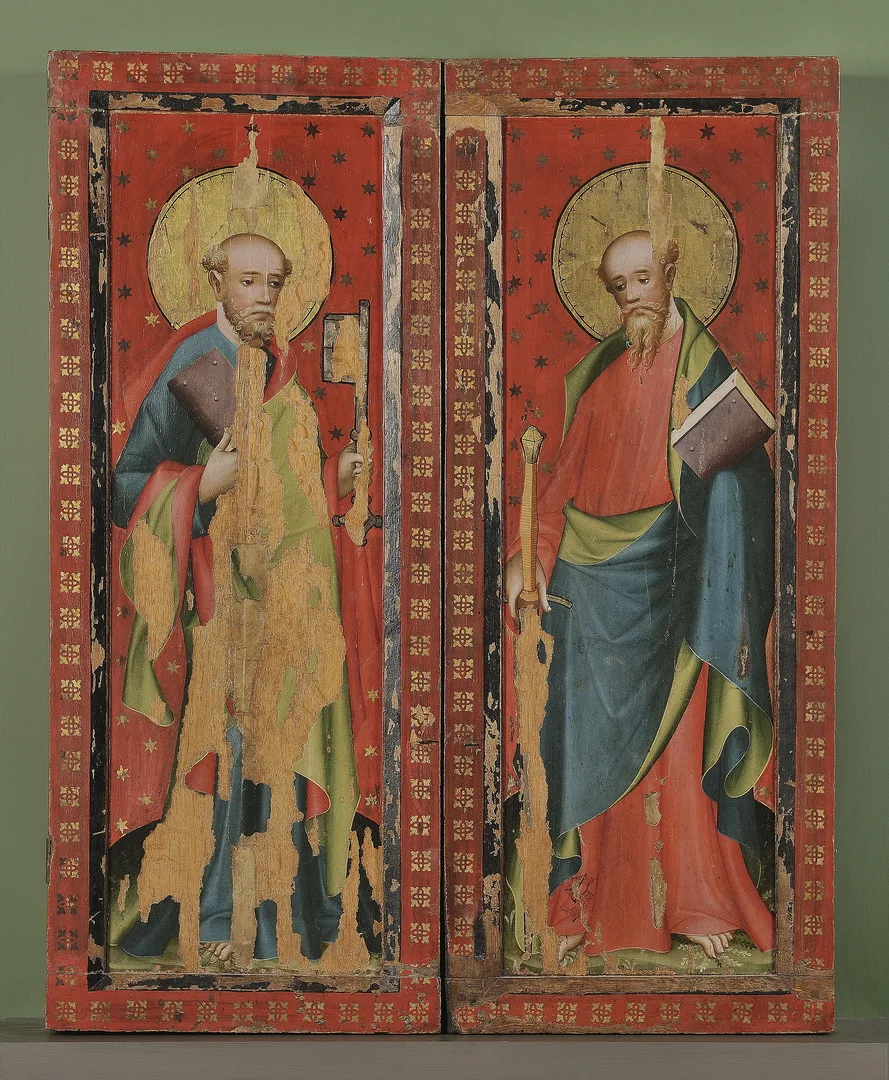
Altar doors
Altar doors depicting Saint Peter (left) and Saint Paul (right). Järstad church, Östergötland.
On view at Historiska museet in the exhibition Medeltida konst
